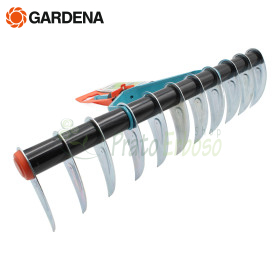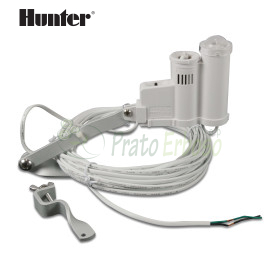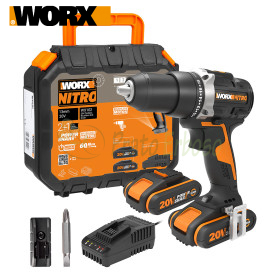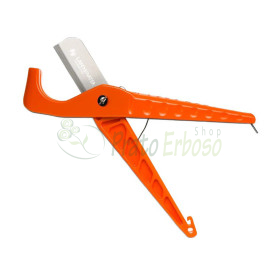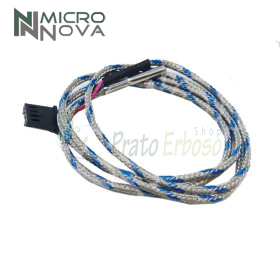Ventilated, ducted and hydro pellet stove: the differences
The desire to curl up next to a stove returns.
Choosing the stove that best suits our needs, however, may not be easy. There are so many models and types of stoves that the choice becomes truly embarrassing even if you have already made an initial selection and decided, for example, to go for pellet stoves.
In fact, there are ventilated pellet stoves, ducted ones and hydro stoves, just to name a few types.
But what is a hydro pellet stove? Or, what is the difference between a ducted pellet stove and a ventilated one? And how does a ducted pellet stove work?
Let's take a look at all the features and different ways in which these stoves can heat our homes.
INDEX
1. Ventilated pellet stove
First of all, it is a pellet stove, which means that the fuel that feeds the fire is pellets, or the product resulting from wood processing. And up to this point it does not differ in any way from the other models that we will then consider. It is sustainable and ecological.
Being an air stove, it also shares the heating medium, i.e. the air, with the ducted stove. It is precisely the latter, in fact, that entering the combustion chamber acquires heat that it then diffuses into the environment.
What distinguishes a ventilated pellet stove is the method of propagation of hot air: ventilation and not ducting. This means that the air, once heated, is diffused into the environment thanks to special vents. In this way it will be possible to quickly and efficiently heat the entire room in which the stove is located.
1.1 Considerations before purchasing
The pellet stove, whether ventilated, ducted or hydro, works by burning a fuel, namely pellets. This process involves the production of fumes that must be evacuated. It is therefore necessary to have a flue, and it is in the room equipped with the latter that the stove will be installed. This becomes a factor to take into consideration when evaluating which type of stove is best to install based on the characteristics of the room that will host it.
The ventilated stove is very efficient and can heat the room well as long as it is not too large and made up of many separate spaces. Better to have single medium/small spaces than large lofts or very high rooms with a mezzanine.
1.2 When to prefer it?
If we intend to heat a single room in the house or several rooms connected to each other, the advice is to opt for the 'air' type of stoves, ideal for integrating the existing heating system and for reaching the desired temperature in a short time, simultaneously obtaining a notable reduction in consumption.
2. Ducted pellet stove
It shares with the ventilated stove the heating system of the air that enters the combustion chamber where the pellet burns and there it acquires energy and heats up. What changes is the system of diffusion in the environment.
In this case, the air is directed inside ducts and pipes connected to the system that allow it to reach all the rooms of the house where it will spread thanks to special grilles.
The ability to heat multiple rooms even if separate defines the main difference between the ducted pellet stove and the ventilated one
2.1 Considerations before purchasing
Before purchasing it, however, it is necessary to carefully evaluate the characteristics of the environment in which it will be installed. First of all, It must be large enough to allow for maintenance and cleaning operations and must be well insulated so as not to waste the stove's work.
Furthermore, when choosing it will be appropriate to calculate the power of the system or the kW that the stove is capable of developing, taking into account the size of all the rooms that we want to heat.
In this case too, insulation is the key word. With insulation we mean that of the stove itself and that of the rooms. It is on the basis of this data that the ducted stove model will be chosen.
2.2 When to prefer it?
If our need is to heat different rooms of the house, even distant from each other, it is necessary to opt for the types of ducted air stoves or 'water' ones, which can be integrated with the existing heating system.
3. Hydro pellet stove
With the hydro pellet stove the system changes. It is still a pellet heating system, but we no longer have to deal with air for the diffusion of heat in the home environments. This solution, in fact, focuses on water that goes to operate the heating system whether it is the radiators or the floor system. Once connected to the heating system it works like a real boiler.
In this way, the hot water will reach all the rooms of the house where the system pipes are present and will allow to increase the temperature by exploiting the energy of combustion.
3.1 Considerations before purchasing
The hydro pellet stove is used to heat water. This means that almost all the heat is transferred to the water and not to the surrounding environment. Not directly, at least, as happens with the ventilated stove. The room will heat up thanks to the radiators or the heat coming from the floor, if this system is present. You will therefore not have to worry about the size of the room in which it is positioned, fearing that it will become an oven. However, you will need to be careful to leave enough space to be able to easily and comfortably carry out cleaning operations
Having said that, the same considerations made for the ducted pellet stove apply. It is necessary to have a good knowledge of the system diagram to which the stove is connected, the insulation of the house and the total volume of the rooms that you want to heat.
3.2 When to prefer it?
Do you have a very large room to heat and above all a good budget available? Well, then you can think about purchasing a hydro pellet thermo stove to replace the heating system and at the same time amortize the costs.
Share this content

